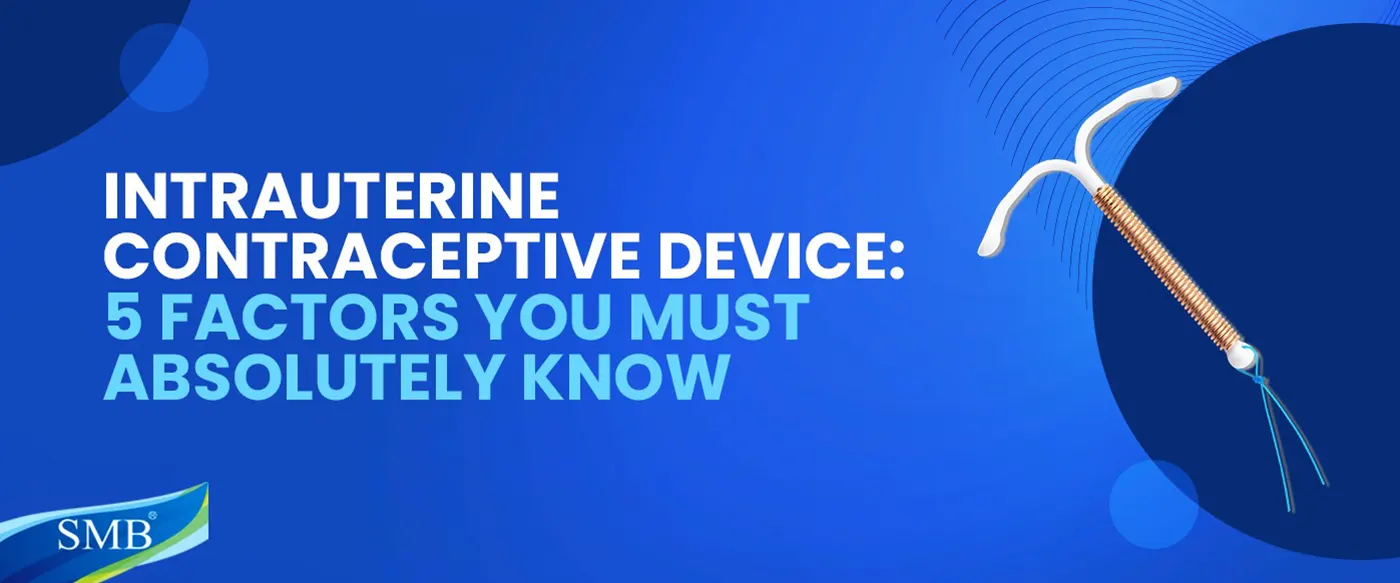
The most effective type of birth control is the intrauterine contraceptive device, which works for an extended period of time. It is a little device that is put into the uterus to prevent conception. Here are five things you need to know about IUDs:
Two types of Intrauterine Contraceptive Device: There are two types of IUDs, hormonal and non-hormonal. A hormonal IUD is comprised of plastic and secretes a small quantity of progestin hormone in the uterus. It stops sperm from accessing the uterus and thickens cervical mucus, providing an entirely hostile environment for sperm. It also thins the uterine lining, making it difficult for eggs to attach. While copper-bearing IUDs have historically dominated the market, a newer and more advanced option, the silver IUD, has emerged. This innovative non-hormonal IUD variant features a silver core encased in copper wire. Within the uterus, the copper component acts as a spermicide, inducing an inflammatory response that significantly reduces sperm viability. Thus, silver IUDs present a distinct advancement in non-hormonal contraception, offering enhanced effectiveness and contraceptive benefits compared to their traditional copper-bearing counterparts.
It is still attainable for those without children: IUDs aren't just for mothers, either. Even when there hasn't been a delivery, you may still utilise it. Women who have given birth before may find the process easier since their cervical canal has already extended during childbirth, making the dilation process for the IUD easier. However, if a woman, adult or a teen, can handle a vaginal exam, she can likewise undergo it without having children.
Insertion could be a bit uncomfortable: Many women feel acute pain or cramps upon inserting the IUD. Cramping might last for several days following. Insertion is a procedure that may be completed quickly without the need for surgery. Doctors use a speculum to locate the cervix, dilate it, and insert an intrauterine contraceptive device via the cervical canal and into the uterus. However, it's important not to take any medication before the procedure without consulting a healthcare professional.
Risks: Individuals who should not choose an IUD as their first line of contraception include those who are pregnant, experiencing vaginal bleeding, diagnosed with liver disease or cancer of the uterus or cervix, or have a history of breast cancer. Additionally, hormonal IUDs are not recommended in these cases.
Your partner might feel strings: Intrauterine contraceptive devices include strings at the bottom that extend past the cervix into the vagina, making it easier for the doctor to remove them. For the first few months, your spouse may feel the tips of the strings, but after they reach body temperature, they will soften and curl around the cervix. If one still feels the strings a few months after installing the IUD, they can request that their doctor shorten them. It's crucial to visit the doctor, as once the procedure is completed, the length of the strings can only be adjusted by the doctor.
Overall, intrauterine contraceptive devices (IUDs) are one of the most effective forms of birth control around for women of childbearing age, providing long-term protection against pregnancy. This presents non-hormonal IUDs, such as the SMB Silver IUD TCu380Ag (which comes in Mini-, Normal- and Maxi-sized versions) with a marked point of difference. This is a non-hormonal method that offers up to 5 years of protection. It has 99% efficacy and it very convenient with maximum reliability for millions. Other than this, concerns such as potential discomfort during insertion and the possibility of your partner feeling the strings are generally manageable.
For healthcare students and professionals, SMB Corporation of India also offers a Pocket IUD Training Model, enhancing their ability to provide informed and effective care. In the end, IUDs continue to be a successful method of birth control that gives women a long-term, hassle-free alternative. If you are in your child bearing age, the IUD could provide an excellent option for maintaining reproductive health and autonomy.